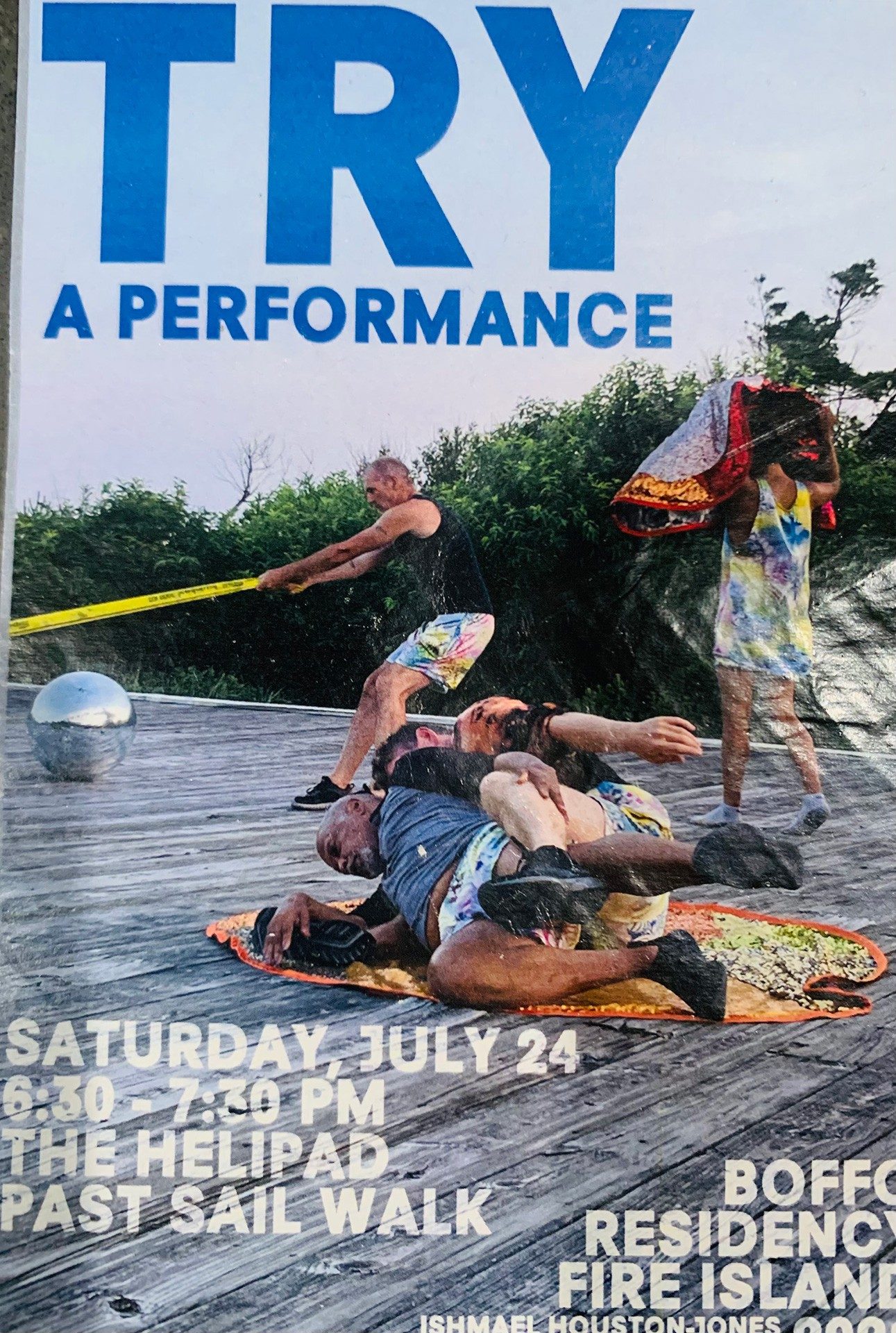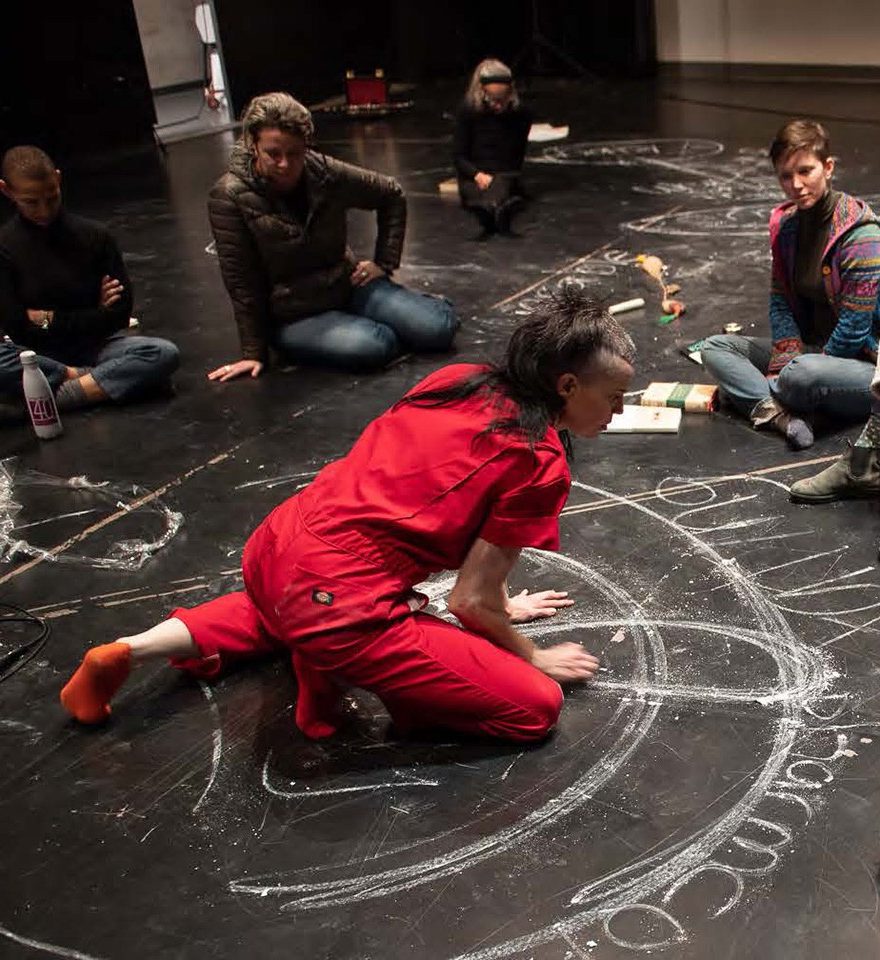RESEARCH
& CREATION
The Department of Contemporary Dance has a dynamic faculty whose artistic practice and research spans a variety of areas, including new approaches to dance training, studies of the human body, new media and technology, experimental and interdisciplinary collaborations.

OUR RESEARCHERS
Contemporary Dance faculty members have worked with a number of outstanding national and international dance companies and cultural organizations. In turn, they have brought their creative practice to our department and to the university community.

LePARC: The Performing Arts Research Cluster
LePARC is a cluster focused on research and creation in the performing arts. The current directors are artist-scholars Lília Mestre and VK Preston. Faculty members and students with diverse performance-related research interests are welcome to join the cluster. Our transdisciplinary research practices include sound, music, performance, storytelling, historiography, theatricality, ways of narrating, listening, voice, participatory performance, circus, educational research, critical studies, philosophy, politics, intermedia, poetry, technology, dramaturgy, writing, publishing, field recording, notation, dance, embodiment, collectives, scores and improvisation.

Milieux Institute for Arts, Culture and Technology
The Milieux Institute for Arts, Culture and Technology draws heavily from faculty, staff and students in the Faculty of Fine Arts. Drawing on a legacy of media arts research-creation, Milieux aims to mess with the boundaries of creative experimentation, graduate research and training, and progressive critical thought and practice.


